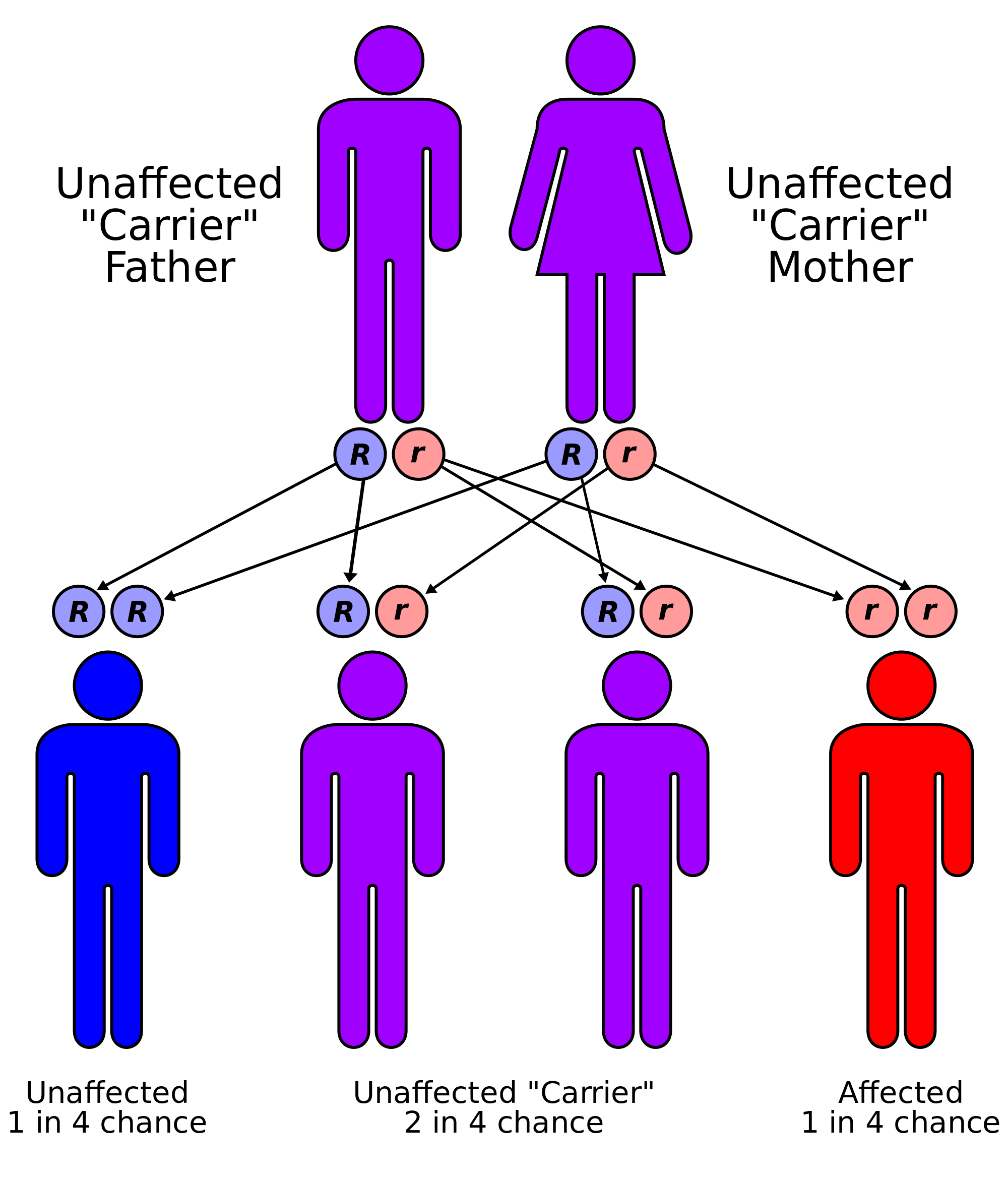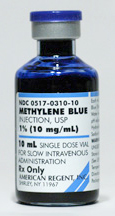Have you ever heard the song, “Blue Moon of Kentucky?” It’s pretty well-known and popular. Well, there are more intriguing blue things in Kentucky than just the moon. Sit back, relax, and read the amazing but true genetic tale of the Blue People of Kentucky.
The Fugate family of Kentucky has been known for their blue skin color for generations. Old color photographs of the family clearly show about half of the members to have a distinct cobalt blue skin color, while the other have regular white skin color. The Fugates are of French Huguenot descent, with the original immigrant ancestor coming over from France in about 1820. Settling in the remote hills of Kentucky, there weren’t a lot of other people nearby, and marrying people who were closely related became common among the Fugates. This led to the propagation of the genetic condition that gave them their distinctive blue skin color.
Martin Fugate, who was orphaned as a child in France, began the American Fugate clan. He married Elizabeth Smith, who carried a recessive gene for a genetic condition called methemoglobinemia, which gives those who have it blue-toned skin, even though they are otherwise perfectly healthy. A nearby family who the early Fugates married into quite extensively also carried the gene. Martin and Elizabeth had seven children, four of whom were blue; the recessive gene meant there was a 25 percent chance of each pregnancy resulting in a blue child.
 Their offspring, often marrying each other, then brought two copies of the recessive gene into the family line, making it much more likely to express itself in their children. While not every Fugate child was born with the condition, as genes express themselves differently in different people, enough were that locals began to take notice. Soon, the Fugates became known as the Blue Fugates of Kentucky.
Their offspring, often marrying each other, then brought two copies of the recessive gene into the family line, making it much more likely to express itself in their children. While not every Fugate child was born with the condition, as genes express themselves differently in different people, enough were that locals began to take notice. Soon, the Fugates became known as the Blue Fugates of Kentucky.
The Fugate family didn’t leave the area for generations, continually intermarrying with relatives. If they’d immigrated to other areas, even other areas of Kentucky, they likely would have married non-relatives, and the condition would have faded out of the family long before it did. As it was, the Fugates stayed in the same area well into the 20th century. Eventually, a nurse named Ruth Pendergrass heard of them, and, along with a hematologist named Madison Cawein III, decided to go meet these locally famous blue people in person.
Upon discovering the blue members of the Fugate family were perfectly healthy in every other way, Cawein decided to try some experiments to see if the blue color could be treated. On a hypothesis, he gave a substance called methylene blue to family members who were willing to take it. It reduced the brightness of the blue on their skin.
As travel became easier, more people moved into and out of the Fugate’s area of Kentucky, including some actual Fugates. Intermarrying with people other than close relatives meant the likelihood of any Fugate descendant being born with the condition reduced. In fact, the last known “blue Fugate” was born in 1975, and his skin color faded to normal as he grew up. It doesn’t mean the condition is gone from the family; there’s a chance another child could be born with it, but the incidents of it should be fewer and farther between in the modern era.
The range of blue that could express itself in the blue Fugates ranged from light blue to dark blue like a blueberry, with even darker blue on the lips and fingernail beds. Other people in the region knew the family well, and most were related to them, so seeing blue people and marrying them did not seem unusual to the locals. Having blue children did not concern them. Everyone knew the blue Fugates were healthy people.
The condition that made the Fugates blue causes large amounts of methemoglobin (which is a blue type of hemoglobin) to circulate in the blood. While the substance isn’t harmful, large amounts of it will tint any tissue that has blood flowing to it a blue color. The lightness or darkness of the blue depends on the amount of the substance the person has circulating in them from birth.
In most people, there is an enzyme present called diaphorase that converts methemoglobin back into a usable form of hemoglobin. The Fugate family’s condition caused the blue members to be missing that enzyme; because their methemoglobin couldn’t be converted, large amounts of it built up in the blue Fugates, even before birth, causing a very obvious blue tone to their skin.
Most of the Fugates didn’t seem to mind being blue. They just accepted it as a part of who they were. Others, however, did not like being blue, and it was these Fugates, who didn’t like their blue coloring, who were the first to volunteer for Cawein’s experimental treatments. The methylene blue he used on them is a dye… a blue dye, ironically. However, it has the ability to change the blue hemoglobin back to a normal color, and remove the blue tone from their skin almost instantly. It was later discovered ascorbic acid can do this, as well.
Dr. Cawein injected the dye into the volunteers, and they were amazed to see how quickly their skin changed from blue to a healthy pink, then gradually to a Caucasian white. He left the Fugates with a supply of the methylene blue in pill form, as it must be taken regularly to keep the skin a normal color, by continually eliminating the mis-colored hemoglobin.
The blue Fugates who did not wish to remain blue continued to take the pills, and contacted Dr. Cawein and other doctors to get more of them when needed. However, now that the Fugate gene pool is more diverse, there is less need for this treatment, as fewer blue children are being born. The good news for those who may still be born expressing the “blue” gene is that there is a treatment. The Blue Fugates have essentially now gone from reality to legend.







